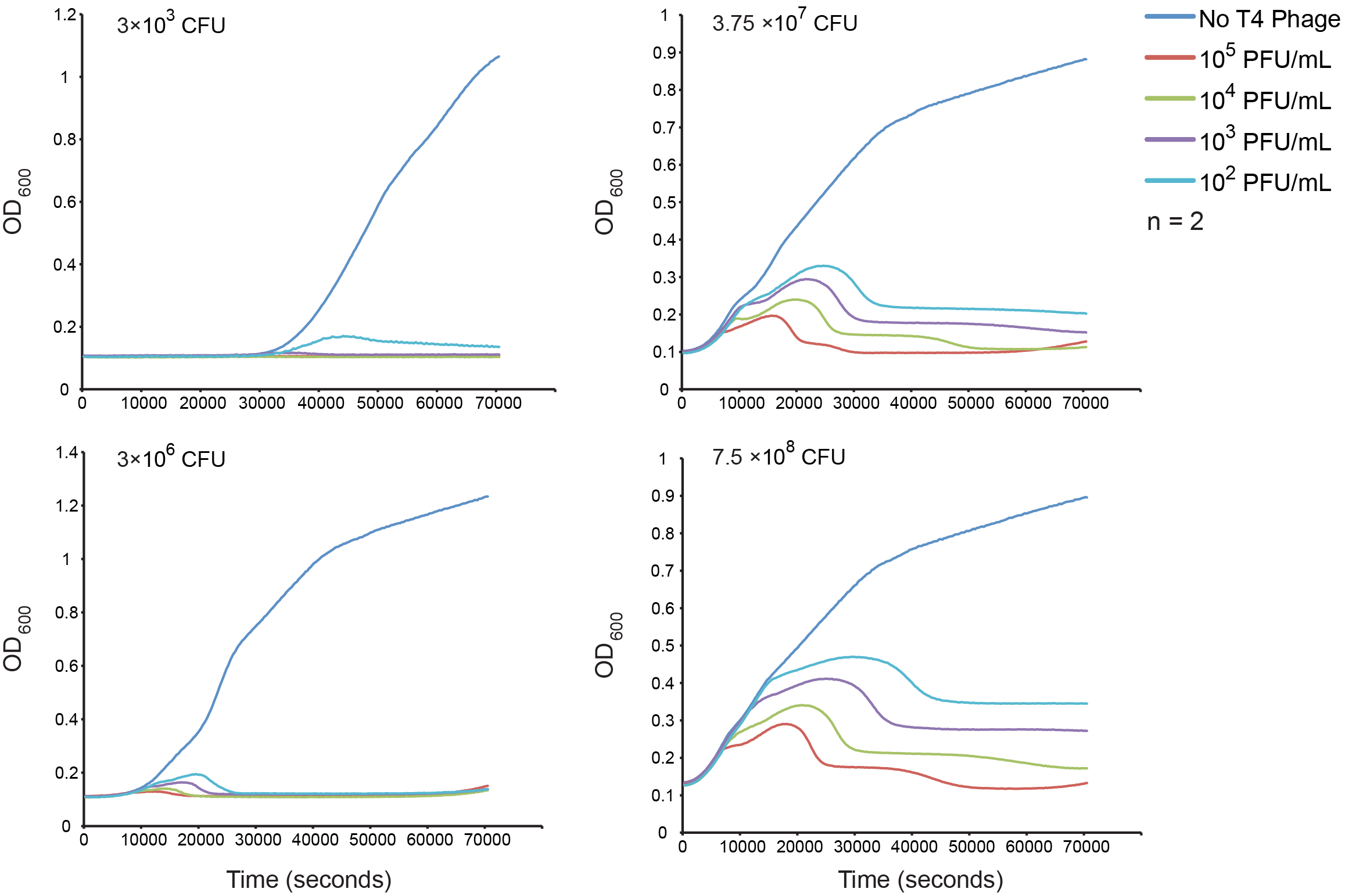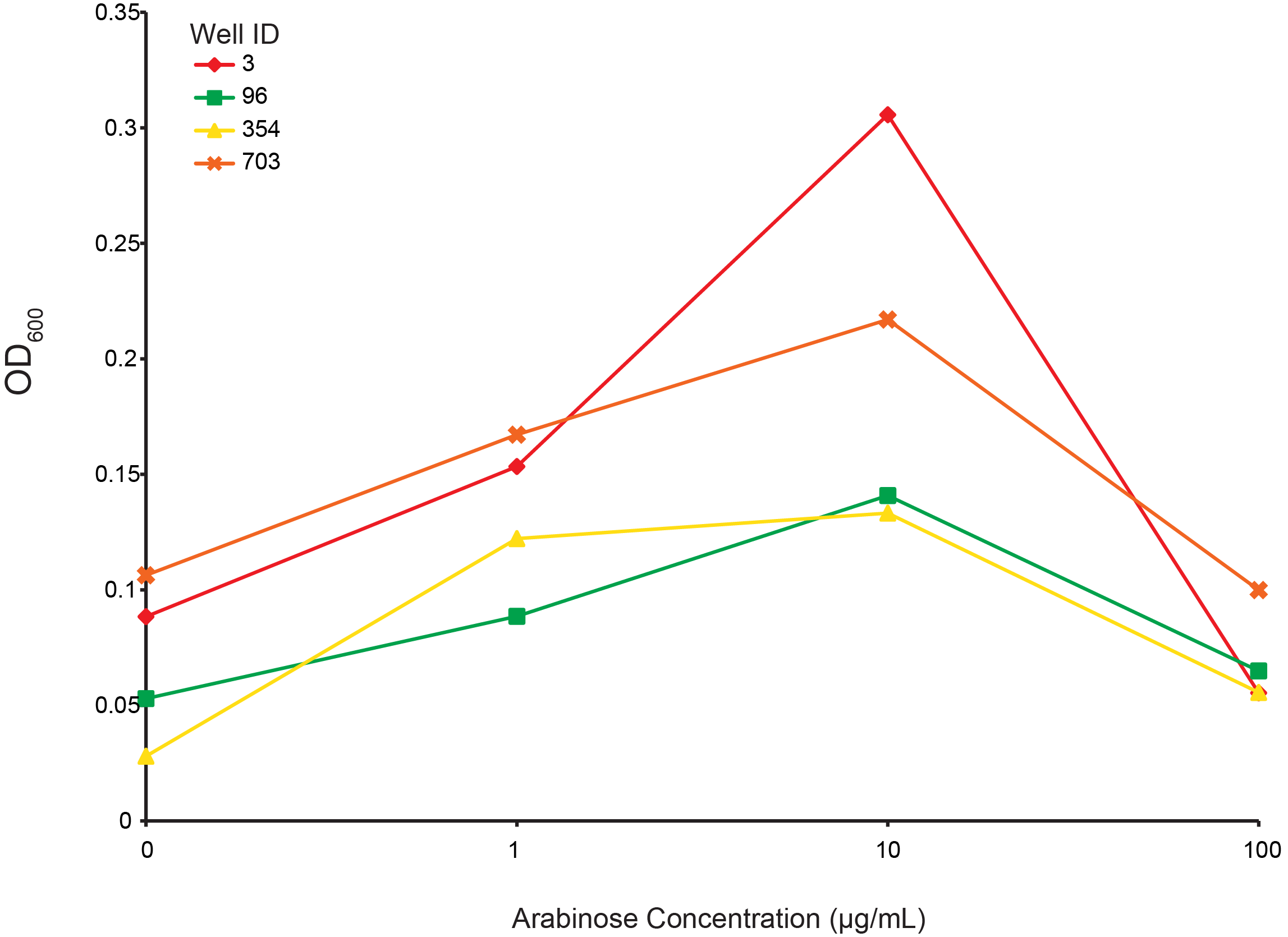Team:British Columbia/Project/CRISPR
From 2013.igem.org
iGEM Home



Contents |
What are CRISPRs and how do they work?
CRISPRs (Clustered Regularly Interspaced Short Palindromic Repeats) are loci found in some bacterial and archaeal genomes that, together with associated cas (CRISPR-associated) genes function as an adaptive immune system in prokaryotes. While the details of spacer sequence acquisition are still being worked out, it is known that exogenous DNA is processed by Cas proteins into short (~30 base) sequences that are adjacent to the Protospacer Adjacent Motif (PAM) site. These short pieces of DNA are then incorporated into the host genome between repeat sequences to form the spacer elements. The repeat-spacer-repeat array is constitutively expressed (pre-CRISPR RNAs, pre-crRNAs) and processed by Cas proteins to form small RNAs (crRNAs). The small RNAs are then loaded into Cas proteins and guide them to initiate the sequence-specific cleavage of the target sequence (or the protospacer).
What did we do with them?
As an adaptive immune response, we wanted to know if the CRISPR system could be put together in a modular way to confer programmable resistance to known phage genomes - vaccinating the host. We first wrote scripts capable of identifying the most broadly neutralizing spacer regions from compiled phage genomes. We then assembled the minimum components into BioBricks and conducted the necessary proof-of-concept experiments in E. coli. First, we characterized the dynamics of phage infection in our specific host strain and experimental protocols. We then built a system that protects E.coli against T4 phage infection and are beginning to understand some guidelines and assemble design rules for assembling CRISPR components to provide immunity. Currently, we are carrying out experiments with T7 phage, performing some in vitro characterizations, and exploring new possibilities with our working and manipulable CRISPR system.
Ultimately, we hope that large-scale fermenters could be vaccinated against collapse caused by environmental phage infection. To extend the application of this approach, we designed specific neutralization elements that allow for population level programming of a culture. Check out our population control section where we envision this being first applied to yogurt where, for example, the biosynthesis of flavour combinations is controlled by targeted phage addition.
 "
"



